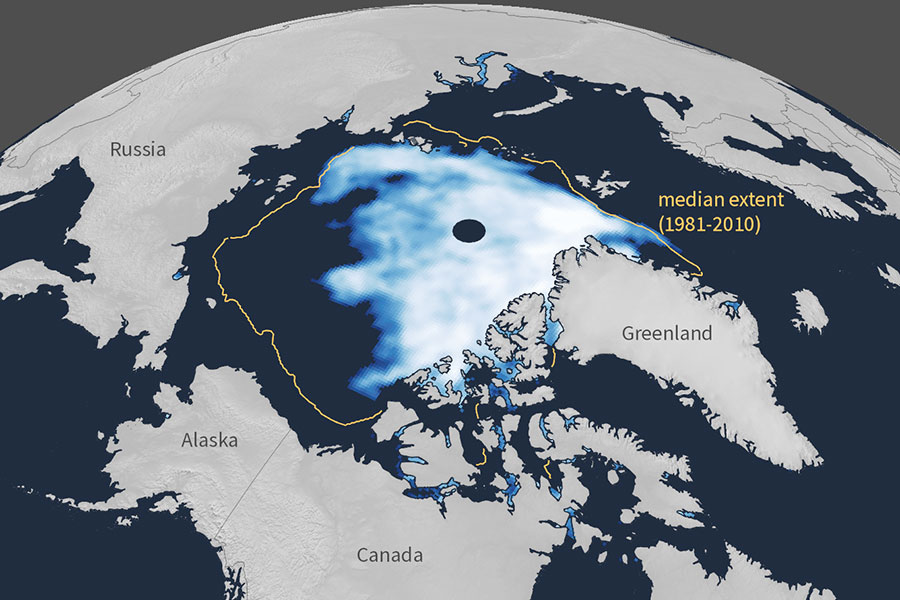
February 12, 2025
A new study published in Nature Communications Earth and Environment gives possible insight into the underprediction of sea ice depletion and the formation of Arctic cyclones. The study could lead to more accurate weather and climate models and better forecasting of Arctic cyclones.
